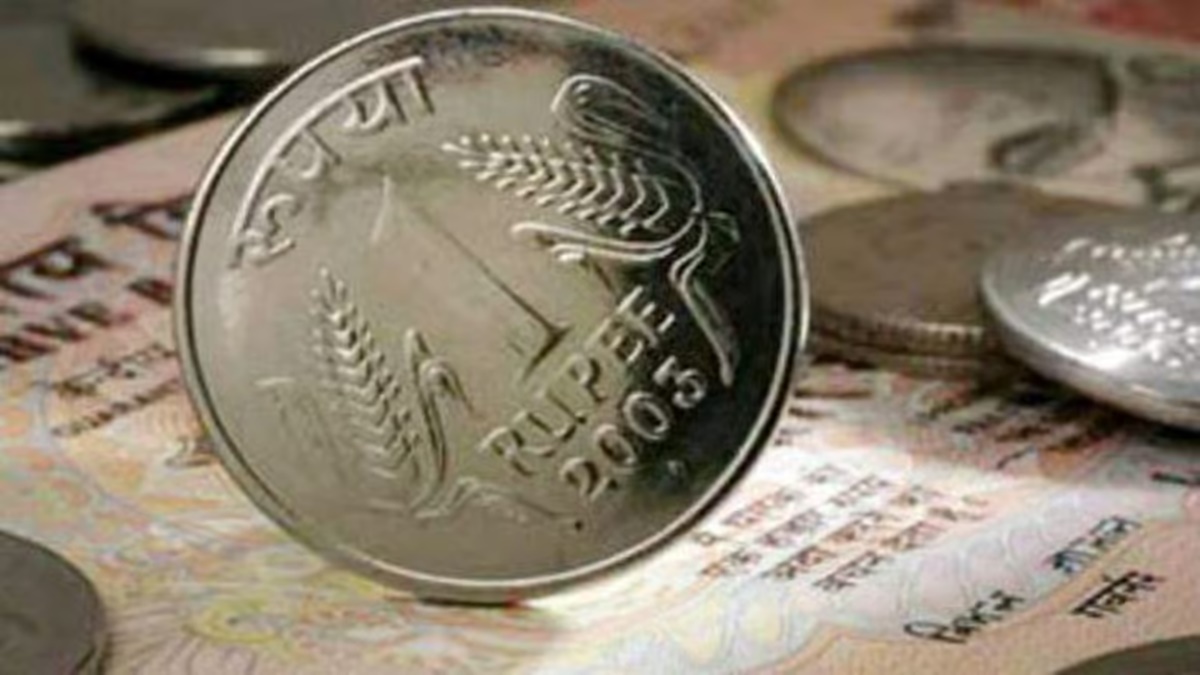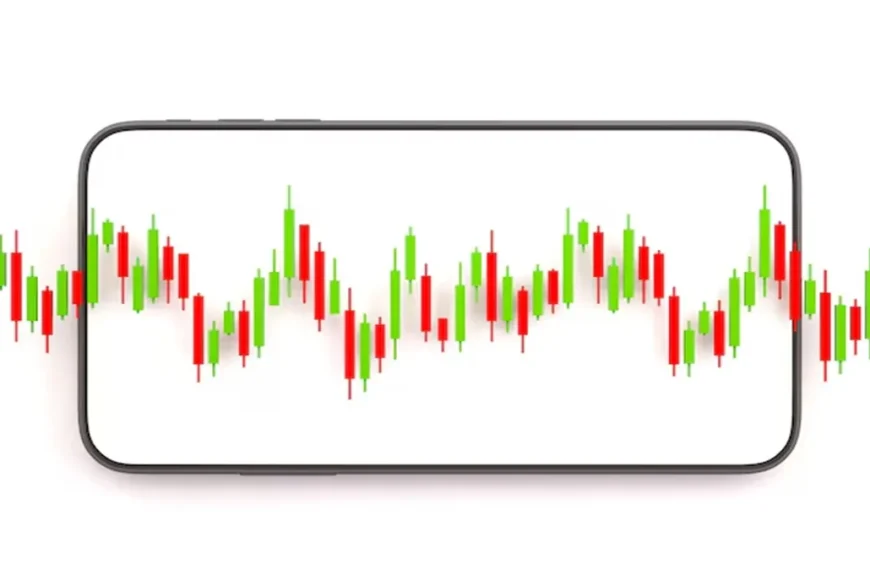The Indian rupee experienced a significant decline on Thursday, marking its steepest drop in over two years. This downturn was largely driven by escalating tensions between India and Pakistan, which negatively impacted the currency, along with Indian bonds and equities. Initially, the rupee showed some strength at the start of the trading session but plummeted after India announced it had effectively neutralized multiple military threats from Pakistan in its northern and western territories.
Rising Tensions Between India and Pakistan
In a dramatic turn of events, Pakistan claimed to have intercepted 25 Indian drones, while India targeted what it described as "terrorist infrastructure" within Pakistan. These actions came shortly after a grave incident in Indian-administered Kashmir, where 26 individuals lost their lives. Despite India’s assertions, Islamabad denied any involvement and promised to respond to the missile strikes.
- 25 drones intercepted by Pakistan
- 26 casualties in Kashmir incident
Market Reactions to Geopolitical Strain
The heightened conflict between the two nuclear-armed nations sent shockwaves through Indian financial markets. The rupee ultimately closed down 1%, settling at 85.71 against the U.S. dollar, its lowest point since February 2023, after hitting an intra-session low of 85.7625.
The BSE Sensex and Nifty 50 indices also faced declines, with drops of 0.5% and 0.6%, respectively. Additionally, the yield on India’s benchmark bond climbed nearly 7 basis points, reaching 6.3983%.
Future Outlook for the Indian Rupee
Looking ahead, experts predict continued pressure on the rupee, with projections indicating a potential decline towards 86.50. Abhilash Koikkara, head of forex and rates at Nuvama Professional Clients Group, noted that increased dollar buying from importers could exacerbate the situation.
- Possible rupee decline towards 86.50
- Increased dollar buying expected from importers
The 1-year dollar-rupee forward premiums also surged, with the implied yield rising 16 basis points to a near one-month peak of 2.34%. Furthermore, the rupee’s 1-month implied volatility, which reflects future market expectations, soared to an over two-year high of 6.3%.
Expert Insights on Geopolitical Risks
According to Samsara Wang, an Asian sovereign analyst at PineBridge Investments, international investors are increasingly factoring geopolitical risks into their assessments of Indian markets, contributing to the rupee’s struggles. However, Wang also emphasized that while tensions between India and Pakistan are significant, their historical impact on Indian financial assets tends to be transient and limited.
In conclusion, as the situation continues to unfold, stakeholders in the Indian economy will be closely monitoring developments. The interplay between geopolitical events and market responses will be crucial in shaping the future trajectory of the rupee and overall market stability.










